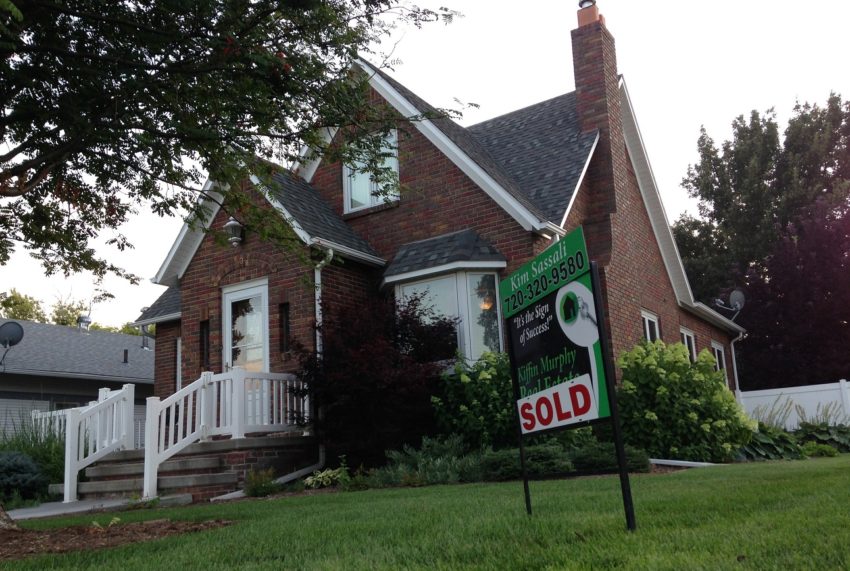According to a report from Clear Capital, home values have actually dropped below their March 2009 low, possibly (or likely) due to foreclosure sales coming through alongside bank-approved short-sales as lenders scramble to get out from underneath crushing debt loads any way they can and maximize their bottom line. Sales of homes repossessed by banks reached a full 34.5% of all homes on the market, based on the report. This dropped prices of homes by nearly 5% nationwide for the year.
How this translates into the value of homes across the country is that your house is worth an estimated 11.5% less in just the last 9 months – and that’s what has analysts comparing this to the 2008 drop. And we’re not done, so homeowners can’t exactly approach the future with much optimism until the glut of homes and foreclosures subsides. Like a tidal wave that has rampaged over the land, that seems to be taking quite a while – and leaving a distinctive mess in its wake.
The bank-possessed home sales and short sales are really taking the market to the task, causing prices on “healthy” homes to be compared with properties that are simply being offloaded in order to relieve pressure in the financial sector and garner less debt load on the part of banks and lending institutions. Homeowners experience this first-hand every time they put up a beautiful home only to have a bank-owned house a few doors down short-sale or bank-sale for thousands less. This drives the market further towards the elusive bottom and won’t stop until the percentages balance out and the foreclosure sales are stemmed. In Florida, this is particularly financially devastating, especially to those who bought their homes anywhere in the two years surrounding the industry peak.
But why is this still going on – aren’t foreclosures on the down-trend? Yes and no. While “new” foreclosures are happening less frequently, even with the down economy, the existing glut of homes already in foreclosure are continually flooding the market – and the numbers are staggeringly large. After what seemed like an extended period of delay due to questionable government incentives and legal difficulties in foreclosure proceedings, banks are now ramping up efforts to move homes through the process and get them re-sold. The problem is that it could take up to 4 years to wade through the glut of homes, not including the time they may spend on the market. Sound hopeless? Well, while it’s not pretty, there is a bright side – or at least a light at the tunnel’s end.
As the jobs outlook improves, buyers are starting to really see the deals and jump back into the market. This is helping to remove homes from the pool of foreclosures and short-sales. As this available pool of homes shrinks, it gets the market ever closer to a place where home-building makes sense again (on a large scale, as opposed to where it sits now which is a very limited market of home buyers). The balance is that home prices need to stop falling, so that those who are already holding homes, don’t lose them or have them end up on the market as well. The tide needs to be stemmed.
To give you an idea of just how precarious the situation is, nearly 1/4 of all homeowners across the country are upside down on their homes when looking at present market value. For those who have stable employment and are not looking to sell, that’s not a problem. For those transitioning or out of work, it is a tragic situation to be in. This is massively compounded when you factor in numbers from Lending Tree that indicate some areas of the country show that number to be over 45% for homeowners that owe more money on their home than the amount they can gain in a sale.
With no more economic stimulus on the table (and we’re not calling for one), the dropping prices of homes can only be stemmed by an economy that stabilizes and a dollar the doesn’t crash into the ground. Both of these things should be the top of the list for US economic policy so that we can recover more quickly and stabilize the housing industry.



